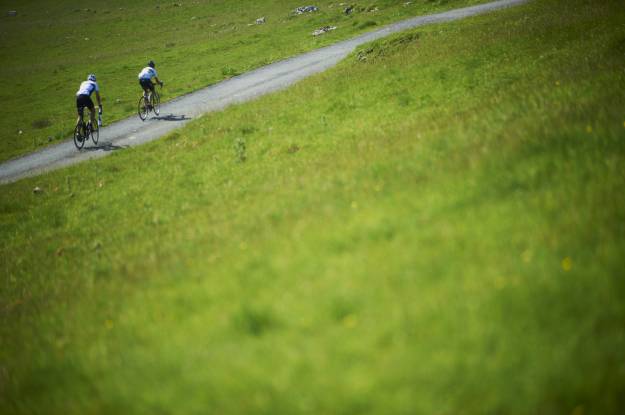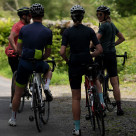Aims & Vision
- Developing a Vision Statement
- How to Establish Core Values
- SCVO Constitution
- CAS Constitution
- Setting Outcomes 10 Tips
- SCVO-SCIO
- Club Legal Structures
- Model Constitution
Advice:
- The club has a Development Plan in place: This can be anything from a 1-5 year plan. Scottish Cycling can provide a skeleton document to get you started
Membership
- M&E Tools & Techniques
- Being More Inclusive
- Values you Offer
- Consulting your membership
- Getting Women into Cycling
- Making cycling more accessible
- Engaging Underrepresented Groups
- Beginner Activities
- Welcome pack guide
- Welcome pack intro
Advice:
- The Club has clear and defined membership tiers detailing the quality of what members can expect to receive at each tier: A rigid structure can be a barrier. Can you offer discounts/pay as you go/tiers which enable would allow you to attend different number of sessions or coached sessions.
- New members are provided with a welcome pack: Welcome packs can help new members feel valued and excited about joining your club
- The club is focused on the retention of existing members and the recruitment of new members: Think about the value your club offers to your members and outline the commitment from the club for what members can expect
- The club actively seeks member feedback to help shape future development of the club: Feedback enables your club to reflect and opens the door for development and growth
- Distribute membership satisfaction questionnaires to club members/coach/parents: A happy and engaged membership is key to continued success
- Club has regular dialogue with members to gain feedback: Try to set a target number of response levels
Disciplinary Procedures
- Coaches Code of Conduct
- Parents/Carers Code of Conduct
- Young People Code of Conduct
- Volunteer Code of Conduct
- Anti-Bullying Policy
Advice:
- The club has a code of conduct for all members of the club: A code of conduct clarifies the club’s mission, values and principles and ensures that members understand what is expected of them. A code of conduct protects the interests of both the club and the members
- The club has a disciplinary procedure for members who break the club’s code of conduct: Hopefully your club never has to use this, but it is beneficial to have a disciplinary procedure in place. This helps to inform members that their behaviour is unacceptable or inappropriate. This can also help to resolve concerns constructively and fairly, and encourage improvement
Welfare
- Guidance - Child Wellbeing
- CWPS Standards
- Wellbeing Protection Policy
- Wellbeing Protection Statement
Finance
- Setting Membership Fees
- Club Financial Template
- Producing Regular Financial Reports
- Annual Auditing of Club Accounts
- Sustainability of Income Source
Advice:
- Club Annual Membership Fees are decided at the AGM or committee meeting: Depending on the activities that your club offers, you may choose to collect membership fees in a
number of different ways. See our guide to setting membership fees here
Club Structure
Advice:
- The Club has opportunities for recreational sessions for members: A common motivation for joining a club is simply the enjoyment of taking part and riding with others. It is therefore important that you make the activities your club provides fun and enjoyable with a friendly atmosphere
- The Club has a clear focus on providing competitive opportunities for members (where relevant): The opportunity to train, be part of a team and compete is an important motivation for many joining a sports club. Although you can’t guarantee sporting success or trophies, your club can focus on providing a full and active programme designed to help all your members reach their potential and enjoy competing
Travel and Transport
Advice:
- The Club has in place a policy for members using their own car to transport others: This can range from a rota to share the burden or mileage payment
Risk Assessment







